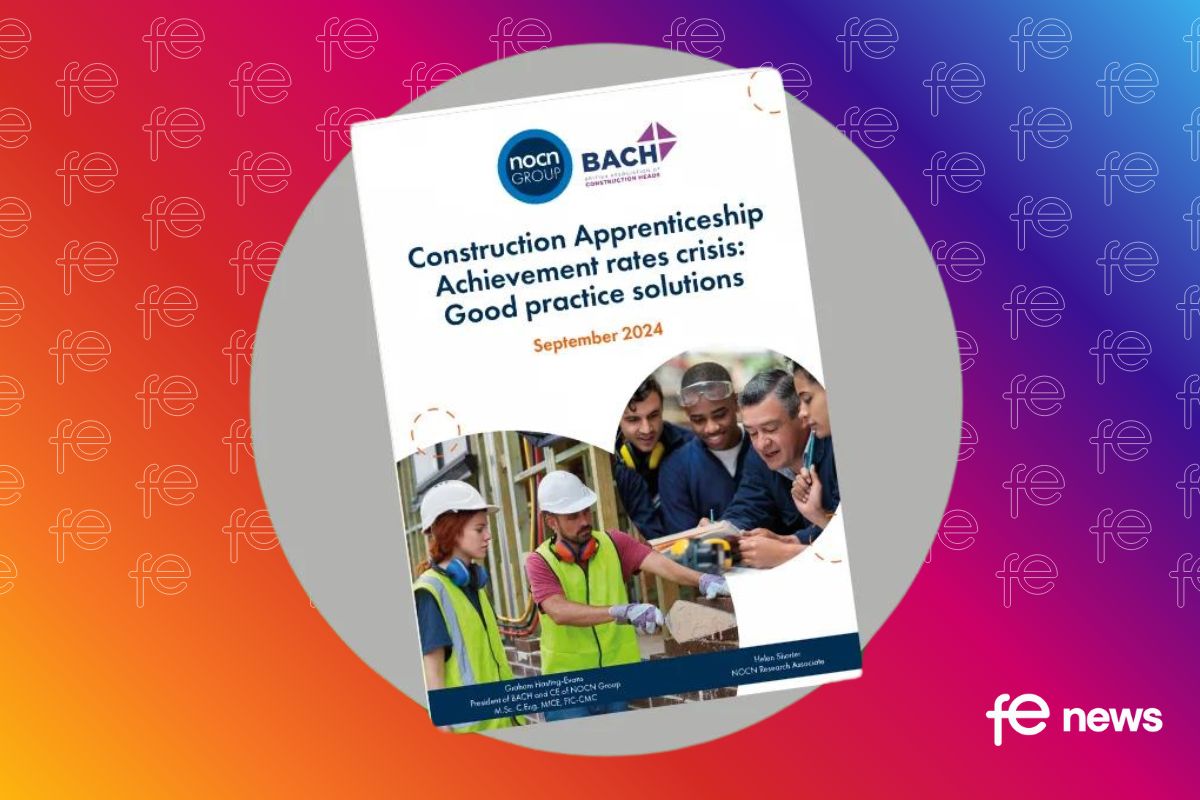Young people should be seriously exploring higher or degree level apprenticeships as an alternative to a traditional degree

Parity of Opportunity? Apprenticeships continue to close the earnings gap to traditional degree programmes.
The government recently published the eagerly awaited Longitudinal Educational Outcomes (LEO) data: https://www.gov.uk/government/statistics/graduate-outcomes-for-all-subjects-by-university.
The Longitudinal Education Outcomes (LEO) data is a set of official experimental statistics on employment and earnings outcomes of higher education graduates by degree subject studied and university attended. The LEO data includes employment and earnings outcomes in 2014-15 for those who graduated in 2009, 2011 and 2013, broken down into 23 subject areas, and split by gender and individual institution.
Historically the main source of data for employment and earnings following higher education has been the Destinations of Leavers from Higher Education (DLHE) survey. The Higher Education Funding Council for England (HEFCE) have produced a clear list to help define the six main differences in the DLHE vs the LEO statistics:
1. The DLHE gives the outcome six months after graduation, whereas the LEO publication provides data one, three and five years after graduation.
2. DLHE is a survey based on graduates’ reported outcomes, and not all graduates respond, whereas LEO is based on HMRC tax data for all graduates working or claiming benefits in the UK.
3. The DLHE employment measure is based on a graduate’s status on a single day, whereas LEO is based on their employment over a six-month period.
4. DLHE has more information on what students are doing if they are not in paid employment. Some activity, such as unpaid work or internships, will be counted as employment in DLHE figures but not as employment in LEO. Other groups of graduates such as those traveling or unable to work are often excluded from DLHE reported figures.
5. DLHE earnings figures are usually based on those in full-time paid employment, whereas LEO is based on all those in paid employment.
6. The DLHE earnings measure includes those in self-employment if they report their income, whereas self-employed earnings are currently not included in LEO.
The LEO data highlights that for most courses at most universities, graduate salaries appear to remain fairly healthy. That said there is huge variation in salary outcomes, both between subjects and individual higher education institutions.
A key question we looked to explore is what is the financial value in terms of earnings which a traditional degree could bring versus a higher or indeed a new degree apprenticeship.
As degree apprenticeships are still relatively new, we have taken data produced by Dr Philip Kirby from the Sutton Trust’s Levels of Success, produced in Oct 2015 and modelled by the Boston Consulting Group to look compare earnings for long standing level 4 and level 5 higher apprenticeships against the earnings data for graduates as recorded in the latest LEO data. Here are the findings:











Responses